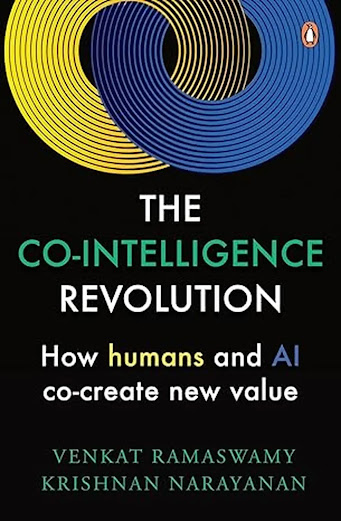What is often considered an end to life is, at times, a humble start to a new beginning. At least this happened with two-time Oscar nominee Jeremy Renner, 54, who after being crushed under 14,000-pound snowplough on new year day in 2023 that literally didn’t leave a major bone intact, talked to people two-days later to convey that ‘he was not yet gone’. The second-most googled person that year had an impressive filmography, a bomb technician in The Hurt Locker and a bank robber in The Town.
Survival after such crushing accident guides one to re-assess life, and to rewire one’s mind to adapt change. It wasn’t easy for Renner to write; his memoir My Next Breath carries blistering details about the accident and the aftermath. The memoir is a testament to the human spirit and its unending desire to endure and transform. But it is not written in a traditional sense, it is a three-part painful story about living, almost dying and recovering. It has reflections on life already lived, and the prospects that lie ahead.
Someone asked Renner if surviving had made him better or a different person. ‘I have more physical limitations on my body as an instrument, but my new life is way more deeply rooted in the art of emotions.’ In a school essay, his 11-year-old daughter Ava, summed up her proudest moment when she was picked up by her father from the school. Ava was the fuel for Renner’s recovery. It was bouts of positive energy all around that made pretty much anything possible, though not too long ago he was almost dead.
Renner’s memoir captures the essence of life and profound transformation, a delicate interplay between redemption and renewal. No experience need be wasted, reminisces Renner. Everything that happens to us can be stored as information so that when disaster strikes, one doesn’t curl up and stop breathing. No wonder, the memoir is titled My Next Breath. Whenever disaster of any kind strikes, the focus should be on breath or to find a position in which breathing is possible. It is only breathing that makes things possible and doable.
Renner has signaled his return to what he knows best – acting and singing. Wake Up Dead Man: A Knives Out Mystery will be out towards the end of 2025. Says he, ‘I do love my job, but not at the cost of what has real value in life.’ It is an inspiring memoir that has many experiences that will leave profound impact on life. Renner sums up his feelings: ‘I’ve noticed that I’m just cherishing moments more, savoring experiences more deeply, and expressing gratitude all the time’. Perhaps some readers might think that’s too simple a philosophy, but isn’t life as simple as that after all?
After having gone through near-death moments, one ends up searching beauty of life. To Renner, the beauty comes from being connected. ‘We’re all connected in a divinity of love, which one can God. It helps us to stay vulnerable and yet being loved.’
by Jeremy Renner
Simon&Schuster, New Delhi.
Extent: 206, Price: Rs. 999.


